AB InBev can play the health card by cutting its premium lagers to 4.8% and save £9m a year in duty - but may regret the move
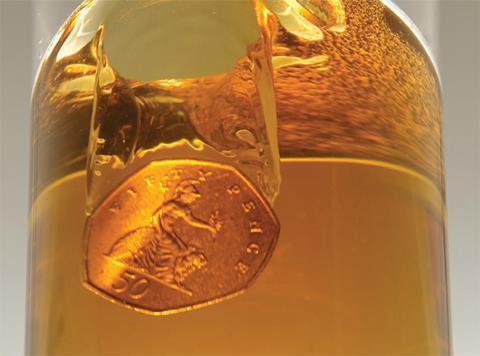
By reducing the abv of Stella Artois, Budweiser and Beck’s from 5% to 4.8% next month, AB InBev is set to remove an estimated 77 million off-trade alcohol units from the drinks trade [The Wilson Drinks Report]. But it’s not the potential social benefits of the move that have got the industry talking.
Chins have been wagging because of the reasons behind the move - AB InBev has been vague about its motivations - and the risk the change might pose to the equity of the brands.
The news that Molson Coors and Carlsberg are also reducing the abv of beers points to financial concerns being the driving force behind the decision. AB InBev stands to save an estimated £8.6m a year in duty based on off-trade sales of Stella Artois alone.
AB InBev has been quick to reassure customers and consumers that the brews will retain “the same great taste and quality”. And, technically, it isn’t too difficult for a major brewer to cut abv without affecting quality. Large-scale production allows recipes to be tweaked relatively easily, particularly when the brewer already produces other lower-abv brews.
Of more concern, say industry observers, is what effect the reduction in abv will have on consumer perceptions of a premium brand such as Stella.
“They will be able to do it but it’s whether consumers will seek an alternative 5% beer or Stella 4%, for example, if their motivation is to drink less alcohol,” says Steve Wilkinson, founder of brewing consultants WillBrew.
There is also a risk of blurring the positioning of Stella Artois and Stella 4%, and some might suggest the latter could do with being boosted by the move - sales are down 12% by value to £42m and nearly 15% by volume [Symphony IRI 52 w/e 24 December 2011].
Most branding experts believe the two variants are sufficiently differentiated to avoid cannibalisation and say the move to lower alcohol content - while secondary to the issue of cost - is sensible given increasing concerns over alcohol consumption and consumer interest in health.
“These are the opportunities brewers are looking to tap into with their reduced abv variants these may be small at present but looking at markets like the US and Australia, where light and mid-strength beers are very popular, they have the potential to become a significant part of the category in the future,” says Tom Ellis, director of insight and innovation at Brand Genetics.
But there is a real worry, suggests Mintel senior drinks analyst Jonny Forsyth, that shifting to a lower abv could turn out to be the wrong decision given the current economic environment.
“Many consumers associate 5% lagers as being more premium and, with incomes increasingly squeezed, may view choosing a 5% abv alternative as better value for money,” he says.
While marketeers will fight to the death about the risk to brand integrity, we will have to wait and see whether this plays out in the brewers’ longer-term sales. These abv reductions may be an effective way for them to maintain the competitive pricing and promotions needed to resuscitate a declining UK lager market, with volumes down 2.5% last year [Symphony IRI 52 w/e 24 December 2011].
But with consumers increasingly seeking value for money, AB InBev and its peers must ensure they strike the right balance between brand integrity and a strong commercial proposition.


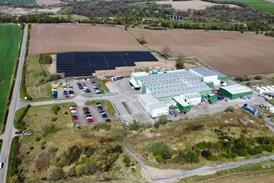
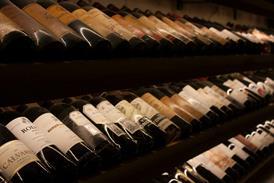
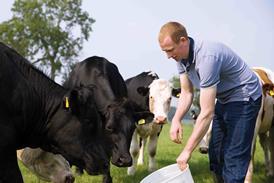





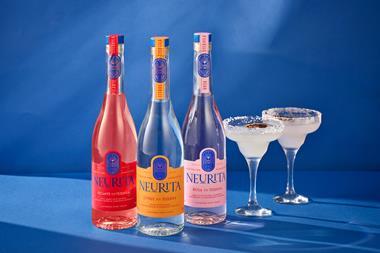



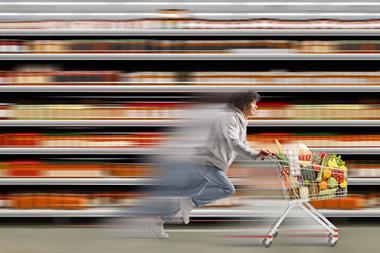


No comments yet